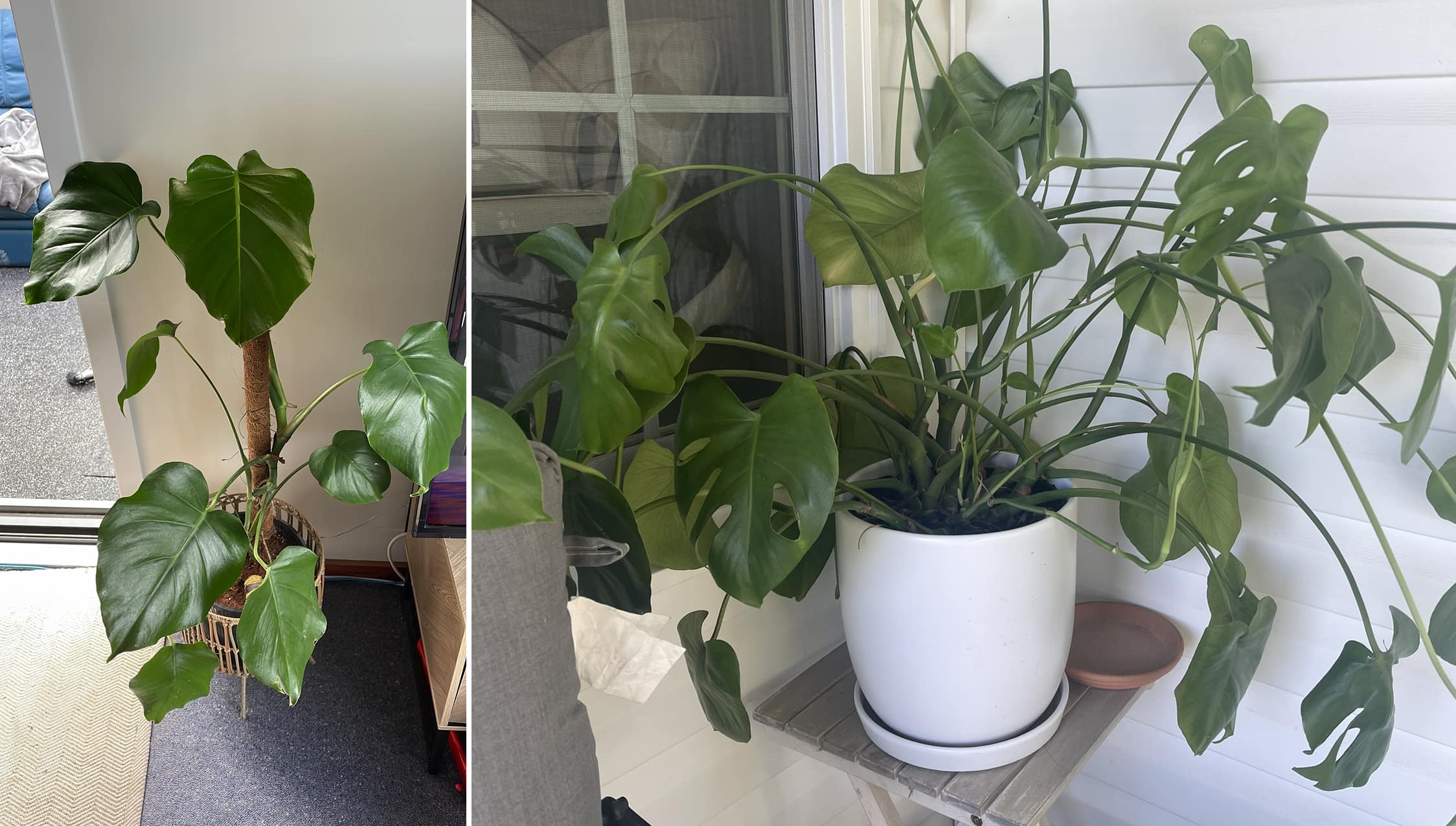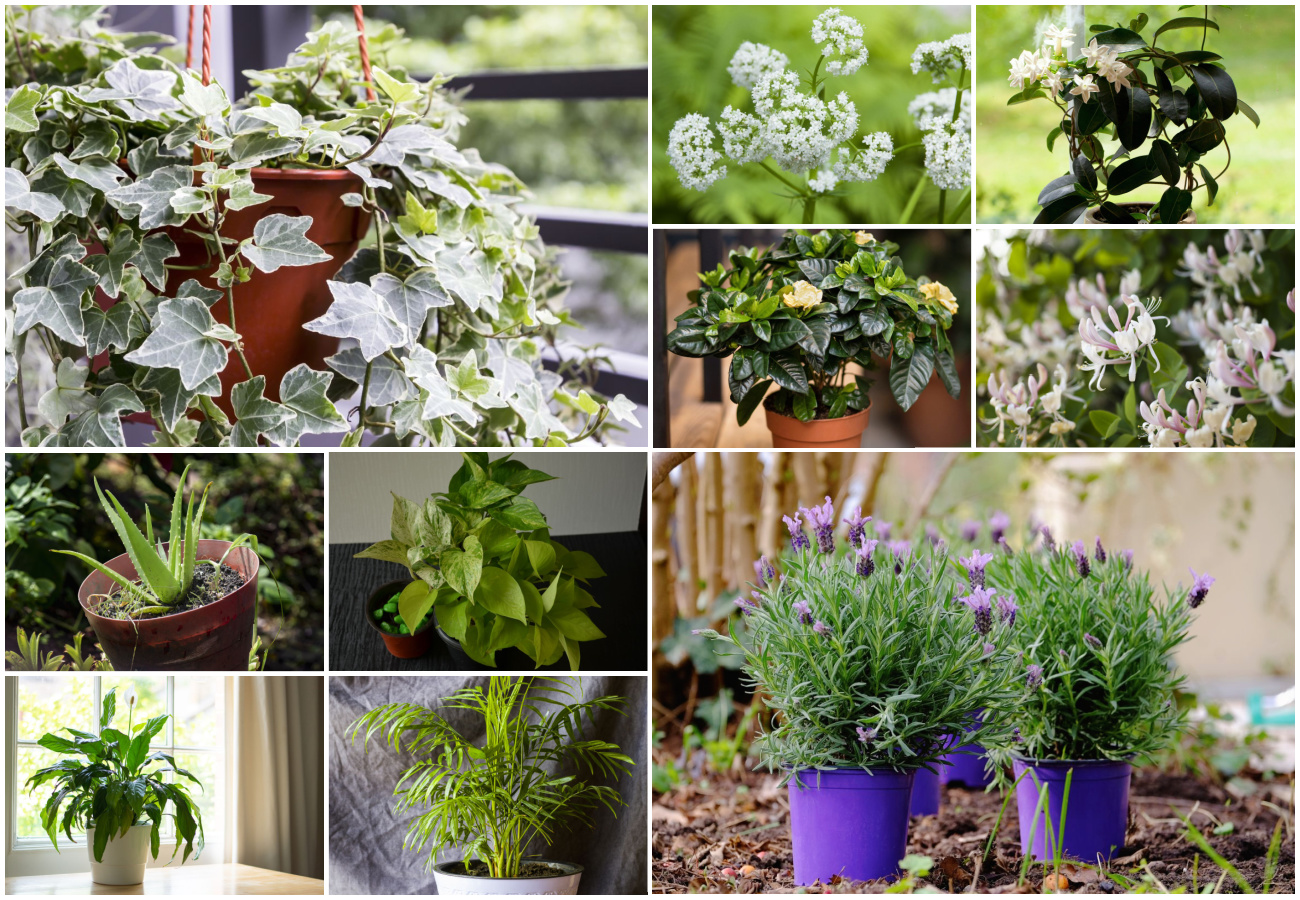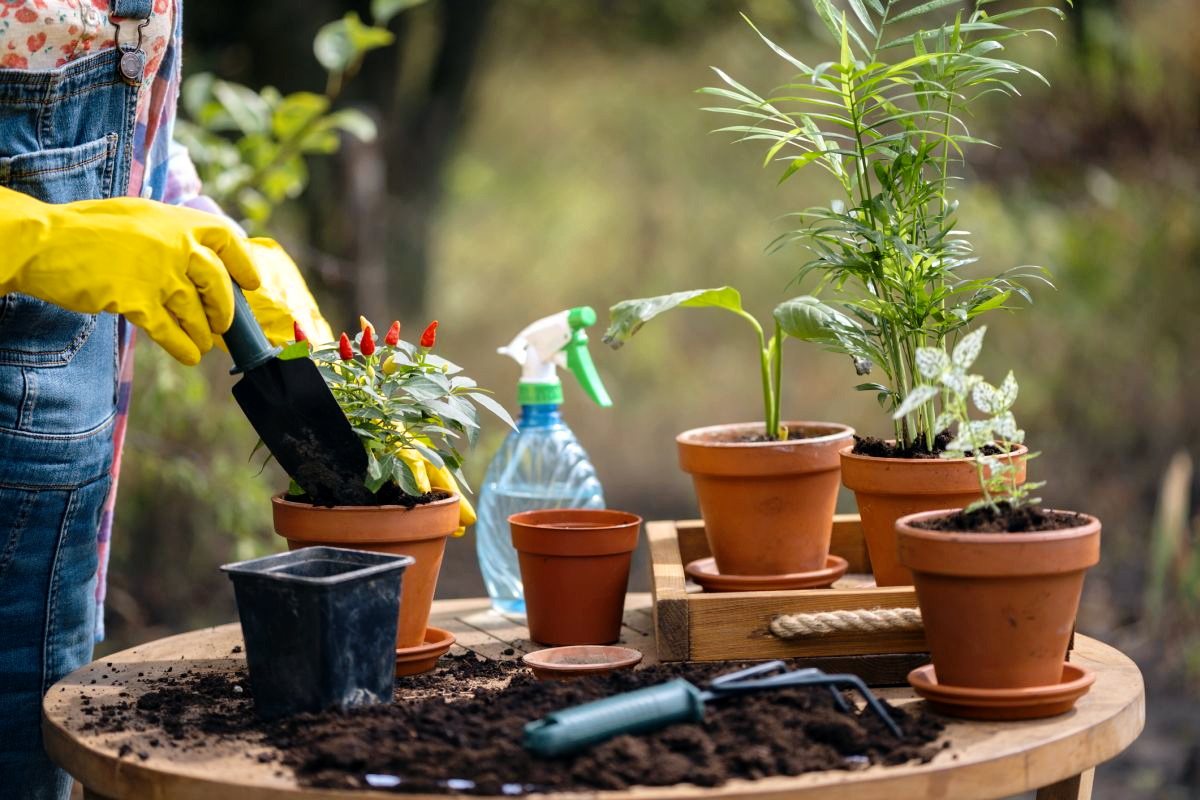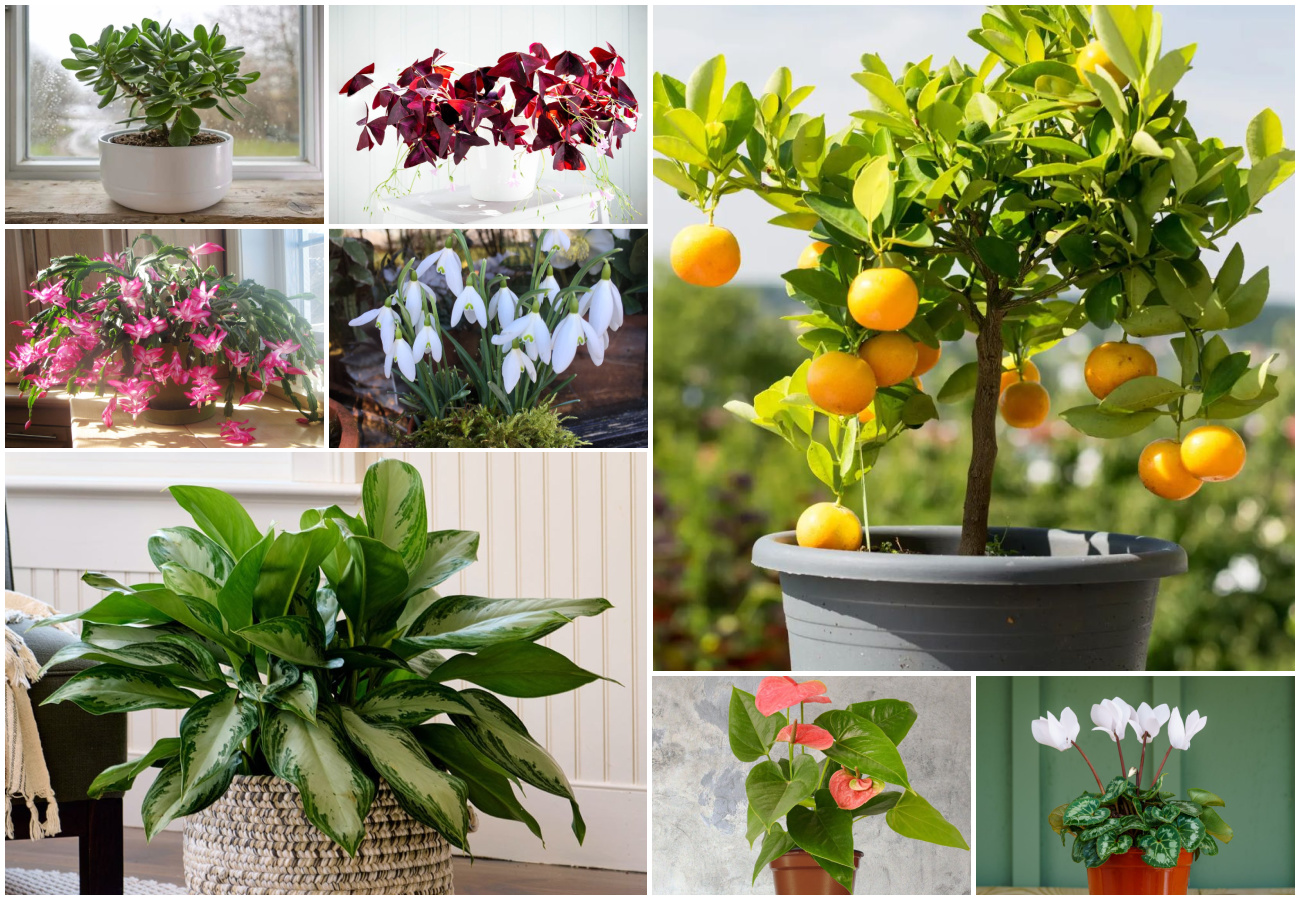Juvenile Monstera houseplants of any kind are “born” without fenestration. Baby leaves are solid green and heart-shaped on Monstera deliciosa.
Leaves without splits are unable to grow them at a later stage: how they unfurl is how they stay. And frustratingly to some houseplant enthusiasts, you may have to keep looking at these non-fenestrated leaves for a while, as it can take up to three years for a Monstera to develop the first leaves with slits. Holes come later. On mature plants, you might see multiple rows of holes.

How Do You Encourage Monstera Leaf Splitting?
Light
If you came here wondering how to get your Monstera to grow its first split leaves (or go back to growing split leaves, if it used to before but reverted to solid foliage), you’re in luck. As with many houseplant problems, the solution is really simple: light.
The absolute best thing you can do to move things along for your Monstera is to give it some prime real estate in your home. No window? No problem! Go for some quality grow lights and you’ll see the difference within a year.
By the way, when I say light, I mean right next to a window. Folks really tend to underestimate how much light houseplants need to thrive, and unfortunately, they just won’t do well if you use them to spruce up the darker corners of your home.
It’s often suggested that Monstera houseplants don’t like sun, and this is true to a degree. Your plant won’t appreciate suddenly being blasted and outdoor sun can be a bit too harsh in some climates. But a few morning rays through a window? Don’t be scared of them. They really help move your plant along.
Fertilizer
If your small Monstera is chugging along happily but not splitting yet, you could set up a light biweekly or monthly fertilizer schedule during the summer months.
If your plant is not growing well, just leave the fertilizer for now. Head to the Monstera care guide instead to make sure you’re checking all the Monstera care boxes. Aside from light and fertilizer, proper soil and watering are also important.
Did you know? By the way, these tips don’t just apply to Monstera deliciosa. They’re also relevant for Monstera adansonii and even fenestrated cousins of theirs, like Rhaphidophora tetrasperma.
Why Do Monstera Leaves Split?
As mentioned, the splits and holes in Monstera leaves are referred to as fenestration. It’s a characteristic that many tropical plants show, but it’s just a little extra spectacular in mature specimens of Monstera deliciosa.
Before we go into when Monstera leaves split, let’s first clarify why they do so. Or at least, the leading theories on why they do so – scientists don’t fully agree yet. What evolutionary purpose could this serve?
The Water Theory
A 2012 study by author Lubenow explored whether the leaf holes made a difference in water uptake, wind protection (to avoid ripping) and protection from herbivores (through camouflage). All of these are theories that have been formulated at some point to explain Monstera fenestration.
The conclusion was that water uptake was clearly better thanks to the fenestration, so that can have something to do with it. It makes sense: wild Monsteras are part of the undergrowth, where part of the rain already gets blocked out by taller tree canopies.
In order to make sure that whatever is left doesn’t get blocked by their own leaves, the holes and slits allow droplets to pass through.
The Light Theory
In a 2013 article, author Muir posits that the leaf holes on Monstera allow for better light uptake. Like water, light tends to get blocked out by smaller canopies, leaving understory plants like Monstera having to try and catch small flecks of sun.
What do you do to try and catch as many sunflecks as possible? Right, make your leaves bigger. Muir found that even though some flecks obviously pass through the holes, the overall amount of light caught is likely still better thanks to the increased leaf size. And thus, so is the plant’s growth rate.
Muir also brings up the alternate theory of temperature regulation, but asks, why would a Monstera need to regulate its temperature? The rainforest understory is not that hot, at least not compared to the canopy.
Things To Keep In Mind
There are two more things I’d like to mention about Monstera fenestration that are often forgotten about.
Stress
First off, it can be pretty puzzling if your Monstera was growing fenestrated leaves before, but has now stopped. Obviously, if you moved it to a low-light location, that can explain things. But what if you didn’t?
The explanation may lie in stress. Did you recently propagate your plant, taking away quite a bit of its photosynthesis capacity? Or repot it a bit roughly? Or even just move it, like after buying? All of these can cause a decrease in the number of splits and holes on new leaves.
No worries. Just take good care of your plant and it’ll be fenestrating again before you know it. No need to cut off any ‘dud’ leaves.
Variegation
Do you own a variegated Monstera deliciosa, like ‘Thai Constellation’ or one of the other varieties? Be patient with your plant. They’re slower growers in general, so it will also take longer for the first leaf splits and holes to appear.





